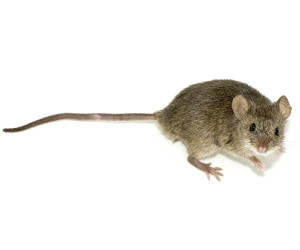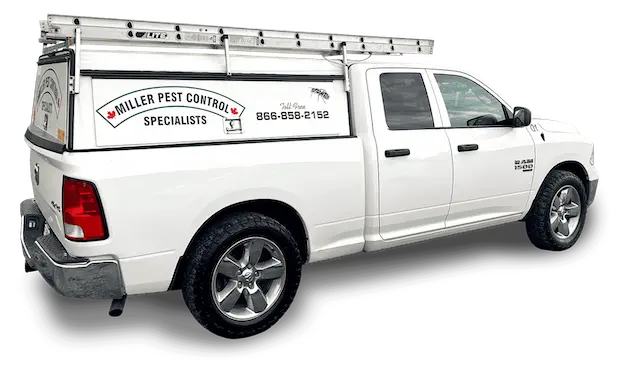House Mouse

Mouse Control: How to Get Rid of House Mice
An interior rodent control treatment consists of placing anywhere from 4-12 tamper-resistant bait stations on the inside of the structure in common travel areas for mice. These areas include attics, under stoves, under kitchen and bathroom sinks, near furnaces and hot water tanks, close to electrical panels and under stairs, always away from where pets and children may find them. As Peterborough’s top rodent exterminators, we use single-feeding rodenticide bait and it is placed in lockable bait stations. The treatment is warrantied for 90 days and can take 10-14 days to be effective.
Most customers never see any dead mice but occasionally, a dead mouse will be found in an inconvenient location or cause a slight odour. If this happens, air fresheners or candles can help, or, if necessary, we can supply you with odour absorbing bags at an additional cost. This does not happen very often.
Call us to discuss our rodent control options.
How to Identify a House Mouse Infestation
- The house mouse has large ears and is light brown to dark grey, with a lighter colour on its belly
- It is often found in urban areas
- Adult house mice weigh approximately 12 to 30 grams and can grow up to 20 cm from the nose to the tip of the tail
- Their droppings are rod-shaped and pointed on both ends
- Although more commonly active in the evening, it is possible to see a house mouse roaming in your home during the day
- House mice tend to build nests in material that provides a dark and protective environment, such as insulation and other soft materials
- During the evening hours, especially when it is dark and quiet, these small animals can often be heard gnawing and scratching
How to Prevent a House Mice Infestation
- To prevent mice from entering the home, all cracks, crevices, holes and gaps larger than a pen cap should be sealed with cement or a mixing compound
- Cleanliness may also have an effect on pest infestations. Be sure to wash dishes immediately following use
- Food should be stored in glass or metal containers with tight lids
- Remove cosy nesting sites in unused clutter around your house and garage
- Cut tall grass and weeds back from your house
Possible Health Concerns
- Mice are carriers of disease, and can damage property. The deer mouse is the most common carrier of the deadly Hantavirus
- Hantavirus pulmonary syndrome can develop from inhaling the virus when deer mouse urine or feces is disturbed
About House Mice
- Despite their tiny bodies, mice eat between 15 and 20 times a day
- Mice typically enter our homes between October and February, looking for food, water and shelter from the cold
- Mice are usually nocturnal animals. They have poor eyesight but make up for this with their very good hearing and smell

